Scientists have recently announced a startling revival: microorganisms that had lain dormant for tens of thousands of years, entombed in Alaskan permafrost, have been reawakened in laboratory conditions. The discovery is not just a curiosity of microbiology — it carries major implications for climate feedback loops, permafrost ecology, and even the risk assessment of buried pathogens.
Into the Frozen Tunnel: A Smell That Hints at Life
The study originated in a subterranean tunnel carved into permafrost in central Alaska, part of the U.S. Army Corps of Engineers’ research infrastructure. The tunnel stretches over 350 feet into frozen ground, exposing ancient soil, ice, and the remains of extinct megafauna such as bison and mammoths. As researchers descended, one of the first clues something biological was present was the odor.
“It smells really bad,” recalled the lead researcher, describing a musty, basement-like scent that pervaded the tunnel air. To microbiologists, such smells are often a signal: decomposers or dormant microbes may still be producing olfactory compounds, even while largely quiescent.
Sampling the tunnel walls, the team extracted cores of permafrost containing a mix of organic material, rock, ice, and ancient microbial cells. Radiocarbon and stratigraphic tools confirmed some samples dated back as much as 40,000 years.
Waking the Ancient Microbes
In the lab, scientists carefully warmed the cores to cool, near-summer Arctic temperatures (approximately 4 °C to 12 °C). They introduced water enriched with heavy hydrogen isotopes (deuterium) to trace how microbes would incorporate the water into their cell machinery — a key test for metabolic activity.
In the beginning, activity was glacially slow: many colonies replaced just a few cells per 100,000 each day. But after about six months, some communities underwent dramatic expansions. They began producing biofilms — visible, gelatinous layers of microbial aggregates — detectable without high magnification. These were unmistakable signs of life and metabolic reactivation.
One of the researchers emphasized: “These samples are not dead by any stretch. They’re quite capable of breaking down organic matter, releasing carbon dioxide, possibly methane, as they metabolize the ancient carbon locked in the soils.”
Why This Matters: Carbon, Climate, and Feedback Loops
The awakening of these microbes is no mere scientific oddity. It thrusts into sharper relief a critical climate concern: thawing permafrost is not just a passive consequence of warming — it may actively amplify climate change via feedback.
Here’s how the process could unfold:
- Thawing permafrost exposes dormant organic matter (plants, animals, soil carbon) previously locked in ice.
- Microbes, reanimated by warmth and moisture, begin decomposing that material.
- In doing so, they emit carbon dioxide (CO₂) and methane (CH₄) — potent greenhouse gases.
- Those gases further warm the atmosphere, accelerating thaw and leading to more microbial action — a self-reinforcing loop.
Scientists regard this as one of the largest unknowns in climate modeling. How quickly, at what depth, and with what magnitude such microbial contributions scale could swing projections for Arctic warming and global carbon budgets.
In this study, temperature — while important — was less predictive of reactivation rate than the duration of warm exposure. In other words, few hot days matter less than a lengthened warm season that penetrates deeper into permafrost layers.
Safety, Risks, and Unknowns
One natural question arises: could these “resurrected” organisms pose harm? The researchers deliberately conducted their experiments in sealed and highly controlled chambers to minimize risk. Their working assessments suggest very low likelihood of infectivity under normal circumstances.
Still, some key caveats must be acknowledged:
- The revived microbes are extremophiles and soil dwellers, not known pathogens.
- The specific genetic makeup of microbes buried for millennia may be more fragile or adapted to isolated niches, reducing their capacity to harm modern hosts.
- Even so, thawing permafrost may release pathogen DNA fragments, or serve as incubators for ancient viruses — though strong evidence for real threats is currently lacking.
Thus far, the revived microbes appear mostly to be decomposers, not disease agents. But scientists caution that many permafrost regions remain unstudied; there is some uncertainty about what might lurk in deeper, more remote soils.
Looking Forward: Implications and Next Steps
The study opens multiple avenues for research and action:
- Mapping microbial viability across permafrost zones (Siberia, Canada, Greenland) — are such revivable communities widespread or isolated quirks?
- Coupling climate models with microbe kinetics, to better predict how thaw depth, soil hydrology, and seasonal shifts affect greenhouse gas flux.
- Monitoring vulnerable infrastructure and ecosystems where thaw-induced microbial activity could destabilize soils, release methane, or alter nutrient cycles.
- Assessing biosafety protocols in permafrost research, especially in remote or unmonitored sites, to avoid unintended exposure to revived organisms.
The findings underscore that Earth’s cryosphere is not dead ground; it is a sleeping biosphere potentially ready to re-engage with the surface world under warming conditions.
Conclusion: Ancient Life Awakens, Climate at Stake
The resurrection of microbes frozen for 40,000 years is both a striking testament to life’s resilience and a sobering warning. As the planet warms, we are not merely observing passive thaw — we may be reinvigorating ancient life capable of reshaping Arctic ecosystems and fueling climate feedbacks.
The next decades will reveal whether these resurrected communities remain laboratory curiosities or become active players in Earth’s future carbon narrative.

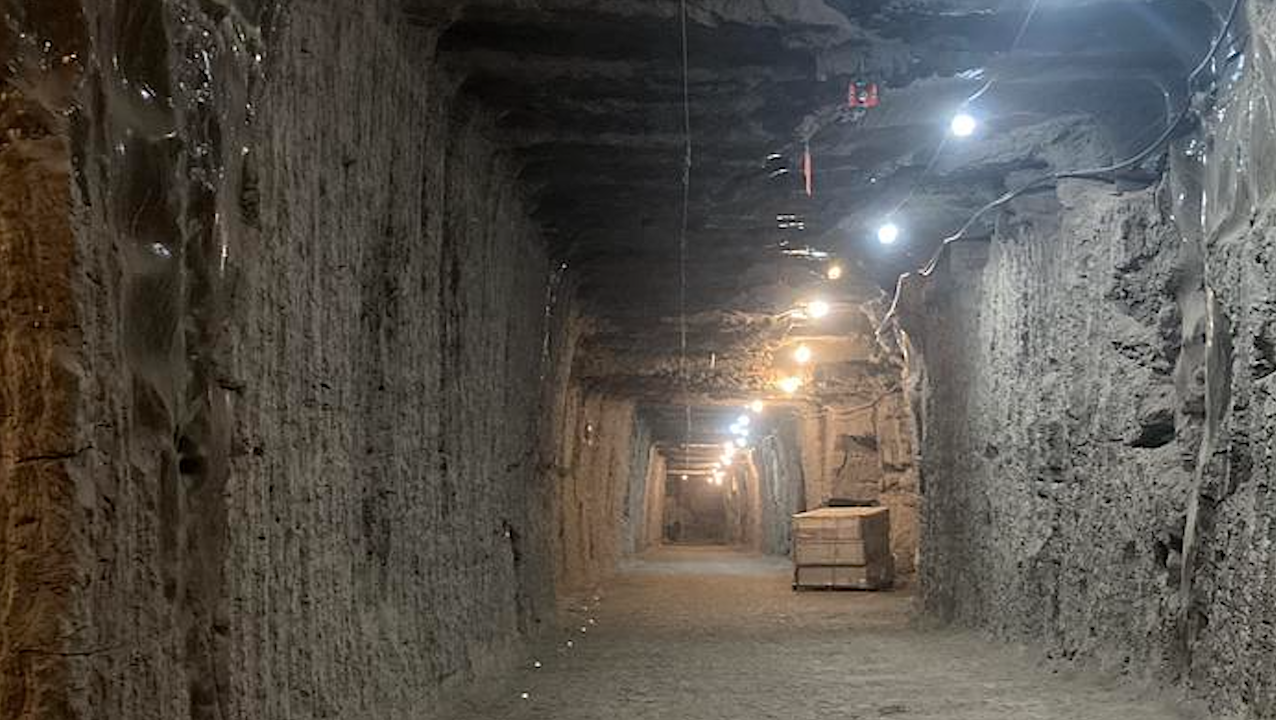

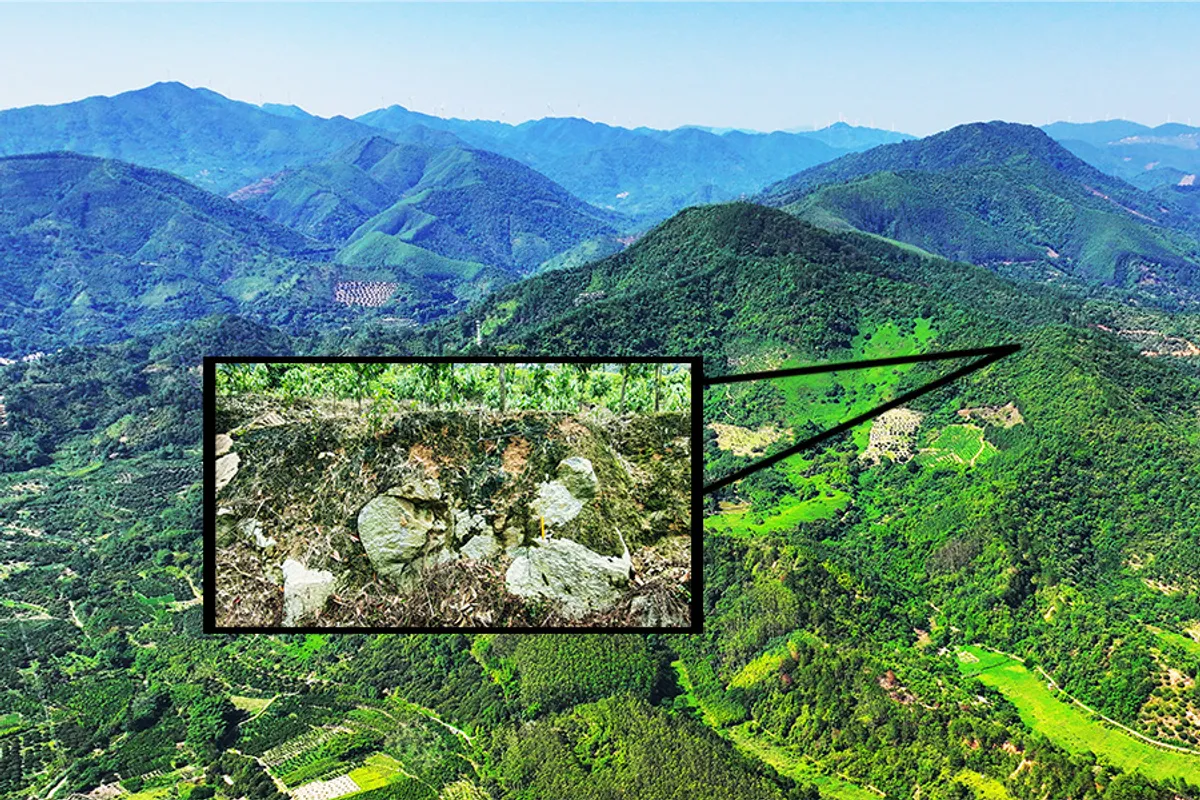
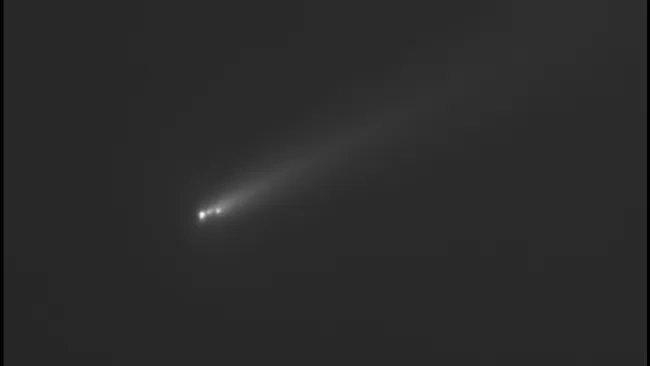
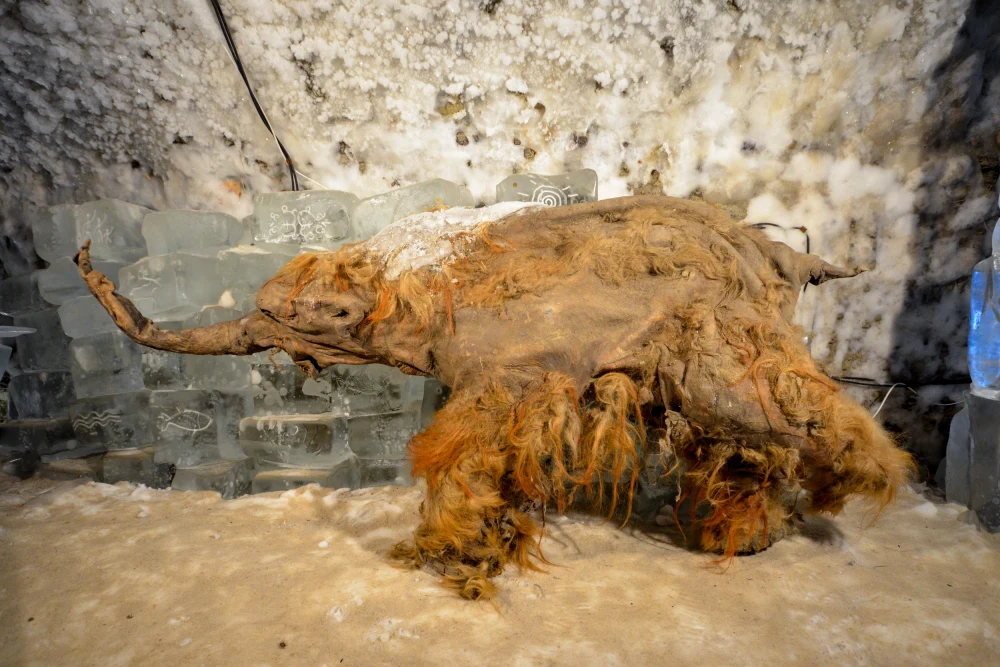
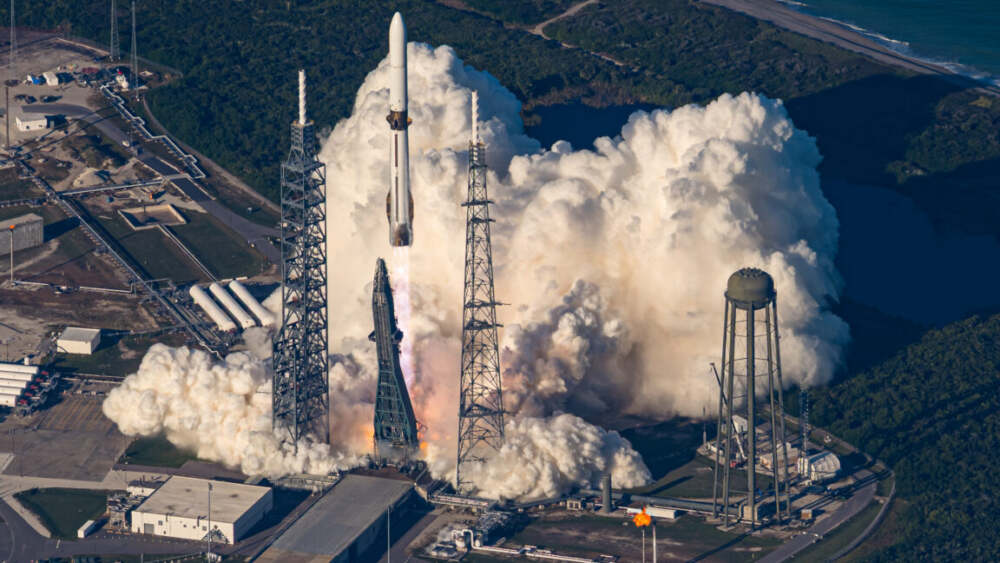


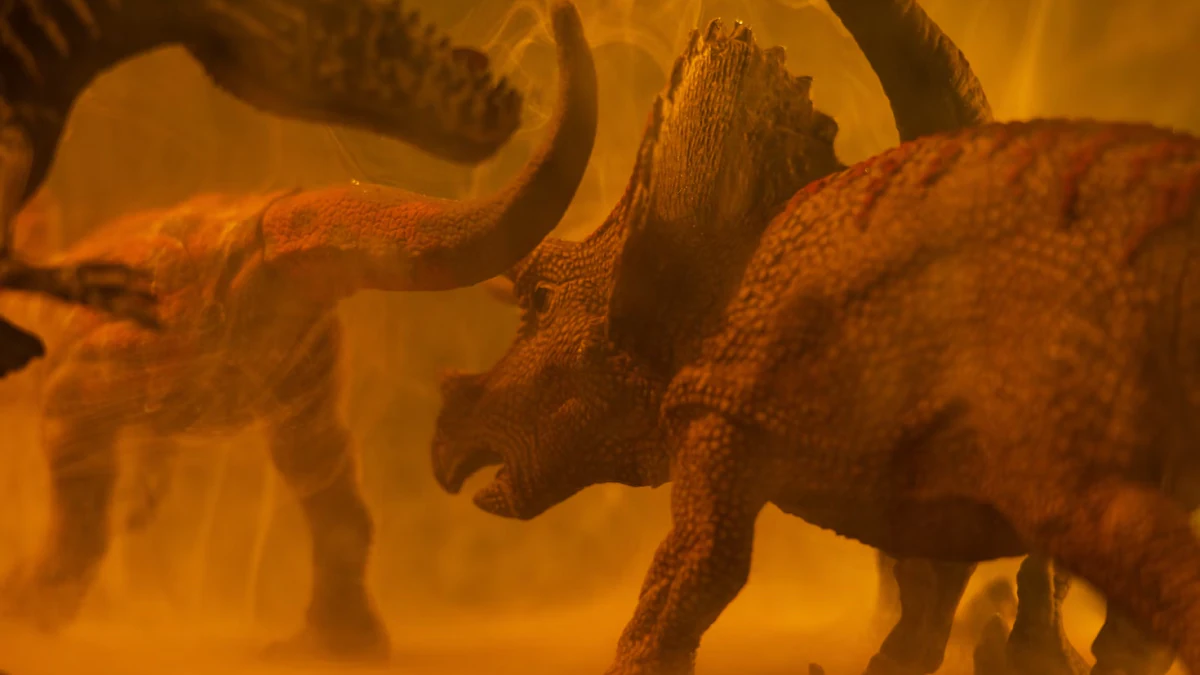

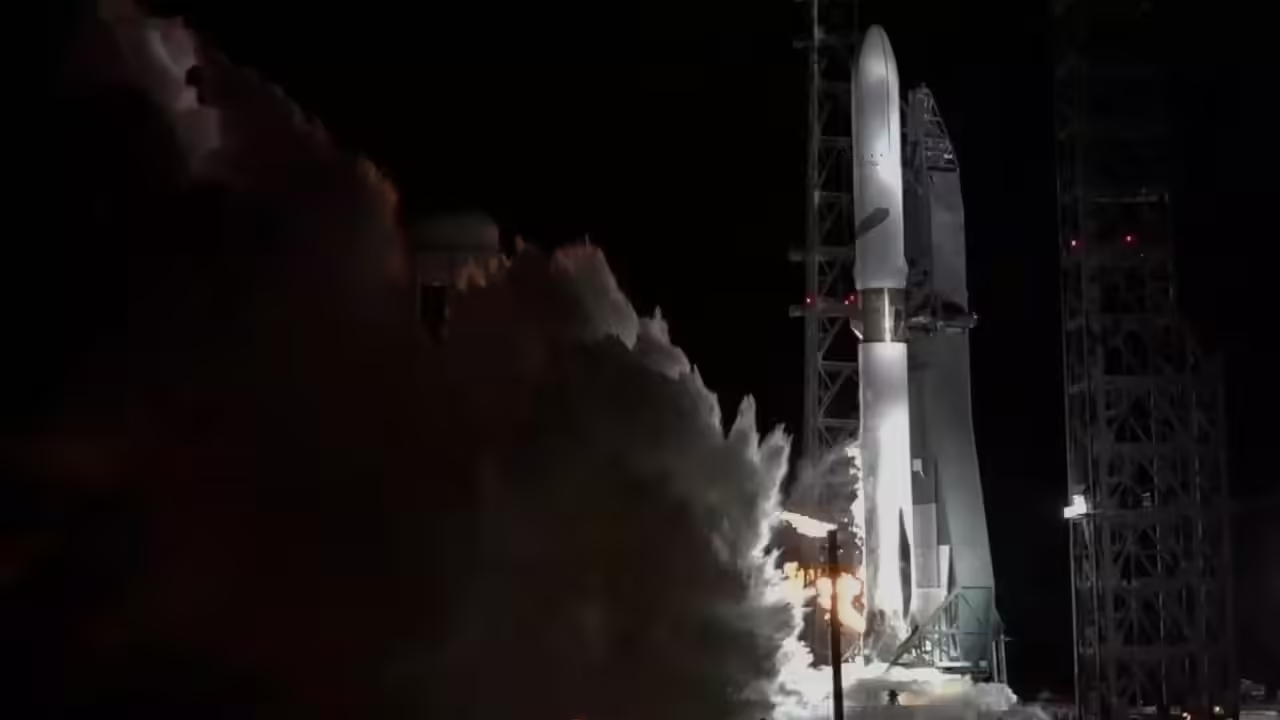




Leave a Reply